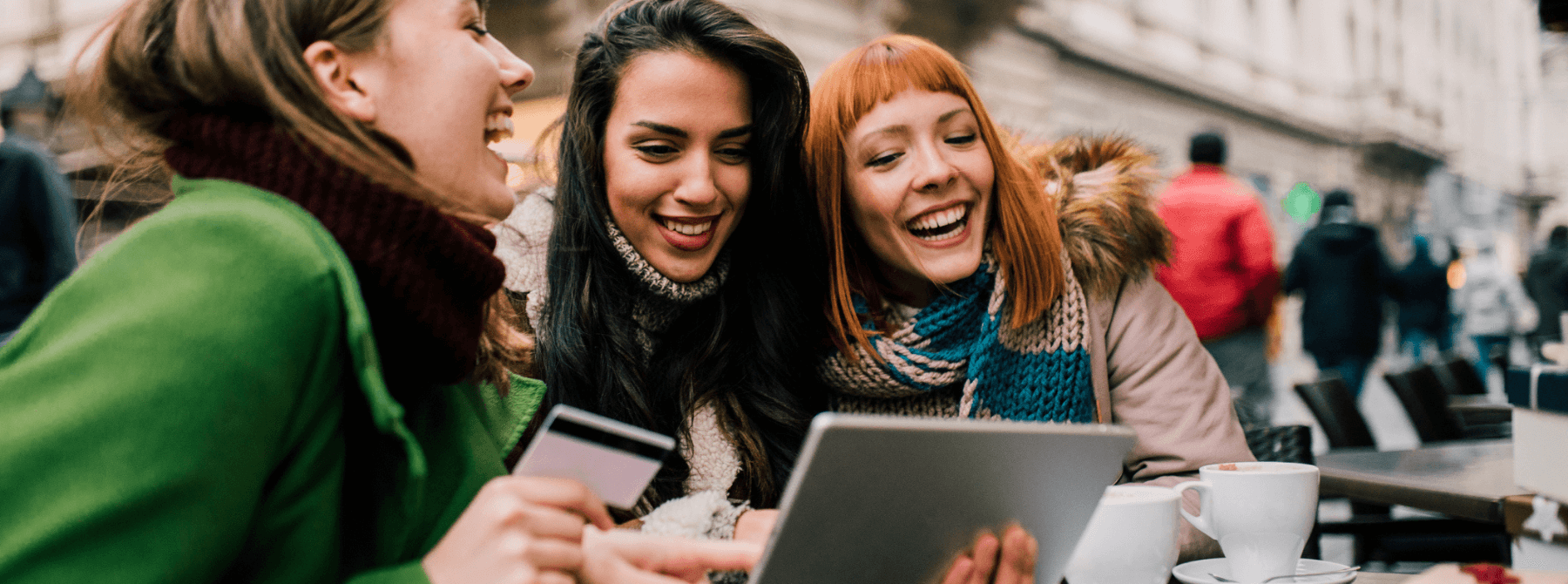
Four Trends to Consider in 2021
Ok, it’s been a year. We all feel it, I’m not going to pile on. While I’ve heard wildly different sentiments on what 2021 holds, I think we can all safely say: we’re ready for a new year.


Regardless of how quickly we start to emerge (if at all) from the shadow of COVID, we’ll all have opportunities to remake things this coming year. COVID accelerated a great many technology-focused shifts in consumer behavior. We didn’t suffer through COVID only to have things go back to the way things were. 2021 may be a better year because of our sheer determination to make it so.
Let’s have look at what’s in store (yep, wink):
A Spate of Entrepreneurs Emerge That Focus on Luxury Experience
This crisis has seen distinct winners, and these winners won big: people well-invested in the stock market, professionals who worked from home, online retailers, pharmaceutical companies, fitness equipment manufacturers and more.
As a result, it looks like a set of HENRYs (high earners, not rich yet) are about to graduate from being just high earners to being high earners with enough in the bank to feel rich. They’re flush with cash and ready to spend. I expect to see a spate of entrepreneurs offering new products, services, experiences, and investments that cater to this newly wealthy crowd.
Entrepreneurs we will see aplenty. With all the layoffs and at home work, people are looking for ways to generate additional income. New business applications (required filing for entrepreneurs) have grown by 38% year-over-year as of mid-November.
In-Person Experiences Will Be Very Important (and Flexible)
Hopefully by some point in 2021, just about every American who wants to be vaccinated will have had the opportunity. After nearly a year of staying apart, a great many of us will be starved for interaction in pubs, live events, gyms, and retail. Although we’ll crave in-person experiences, we’ll also be nervous and uncomfortable sitting cheek-to-jowl in movie theatres and concert venues as we once did. We’ll want the ability to socially distance when necessary for the foreseeable future.
There’s good reason to retain that ability: coronavirus isn’t the only global health threat. Infectious disease specialists have been warning that an array of zoonotic diseases, including a deadly flu, can emerge at any time. Retailers, restaurateurs, and other purveyors of in-person experiences are keen to ensure they’re able to function through future pandemics, and that means reconfiguring their establishments to support social distancing whenever necessary.
As we re-enter the world in 2021, we will see more restaurants with walk-up windows, stores configured to support social distancing, and more outdoor spaces re-purposed for pop-up commerce events. My little town – a suburb of Seattle – recently closed some of our main streets off to traffic for a weekly Christmas market. New York City has already given over parking spaces to restaurant owners so they expand their outdoor dining. There’s a good chance we’ll see expanded or regularly scheduled transformation of outdoor spaces for the foreseeable future.
It will be interesting to see what happens with massive venues and spaces. I suspect that the owners will opt for smaller events in subdivisions of their properties. That may ultimately give rise to a new breed of niche events that cater to specific customer interests, like sneakers, resale, custom and handmade goods, and more. Commerce, like nature, abhors a vacuum.
In any case, because we’ve become so focused on digital, we are likely to require less square footage for merchandising, and will redeploy excess space as places in which people gather to socialize or pursue an interest.
Digital Component to In-Person Experiences
The pandemic increased our reliance on all things digital, and we’ll see a digital component to in-person experiences in 2021. By this autumn, people may be eager and ready to watch the World Series in the local sports bar, but they’re likely to have researched which bar they feel most comfortable with ahead of time. Technology – apps, social, web, text, etc – will enable consumers to communicate with brands and each other about availability, safety, and guided experiences to ensure smooth and comfortable brand engagement.
Already we see restaurants and stores building digital bridges within their facilities to provide hybrid experiences. Many restaurateurs invite customers to dine in their outdoor patios, but continue to require them to order their entrees and drinks via an app or digital menu. Many grocery store chains have established digital channels to allow consumers to buy online and pick up in store during the pandemic – this is a channel with sticky behavior that will continue to be invested in. As Lee Hnetinka, Founder and CEO of FastAF recently said to me (paraphrase) – would you ever go back to using a VCR?
This will all feel rather seamless to people, as digital has been sneaking into our in-person experiences for a while. Take, for instance, people who purchase nose-bleeds seats at a concert or sports events, only to watch the action on a screen. Once again, the pandemic is the “great accelerator” (thanks for that phrase, Scott Galloway).
Retail Will Focus on Tech That Drives Efficiency and Lower Costs
While there have been many winners in this pandemic, it has still been one of the most challenging economic crises since the 2008 crash. Retailers and brands will meet that economic challenge by focusing on technologies that provide efficiencies and convenience to both themselves and their customers. As Americans, we have an easier time spending money on cost-cutting and cost-saving initiatives than we do on experiential and net-new customer acquisition tools. This is a shame actually, as economic downturns are a great time to invest in your customers.
While 2020 was one of the most difficult years I can remember, the solutions to the challenges we faced will define the next decade. I am optimistic we will sustain the agility and problem-solving energy we brought to this year for many to come.


